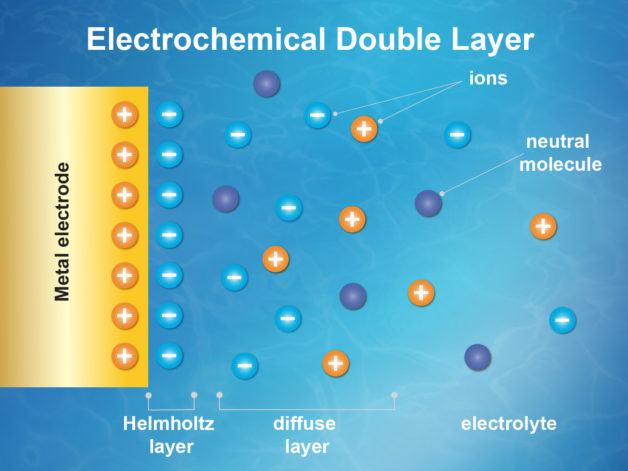
Image: Zosia Rostomian/Berkeley Lab
Scientists can now directly probe hard-to-see layers of chemistry due to the development of an X-ray toolkit out of Lawrence Berkeley National Laboratory.
The research team behind the initiative believes that their development could provide insight about battery performance and corrosion. Additionally, it could give insight into a variety of chemical reactions, including biological and environmental processes.
The from LBNL:
In a first-of-its-kind experiment at Berkeley Lab’s Advanced Light Source, an X-ray source known as a synchrotron, researchers demonstrated this new, direct way to study the inner workings of an activity center in chemistry known as an “electrochemical double layer” that forms where liquids meets solids—where battery fluid (the electrolyte) meets an electrode, for example (batteries have two electrodes: an anode and a cathode).
In a battery, changes in electrical potential can be seen in the electrochemical double layer.

